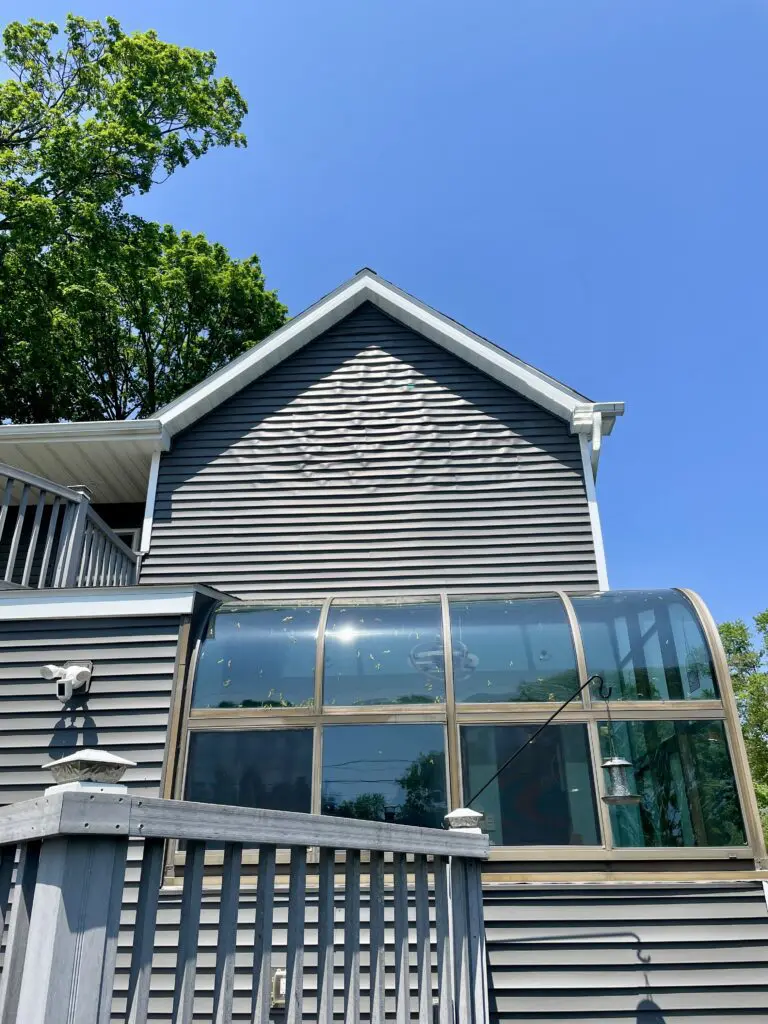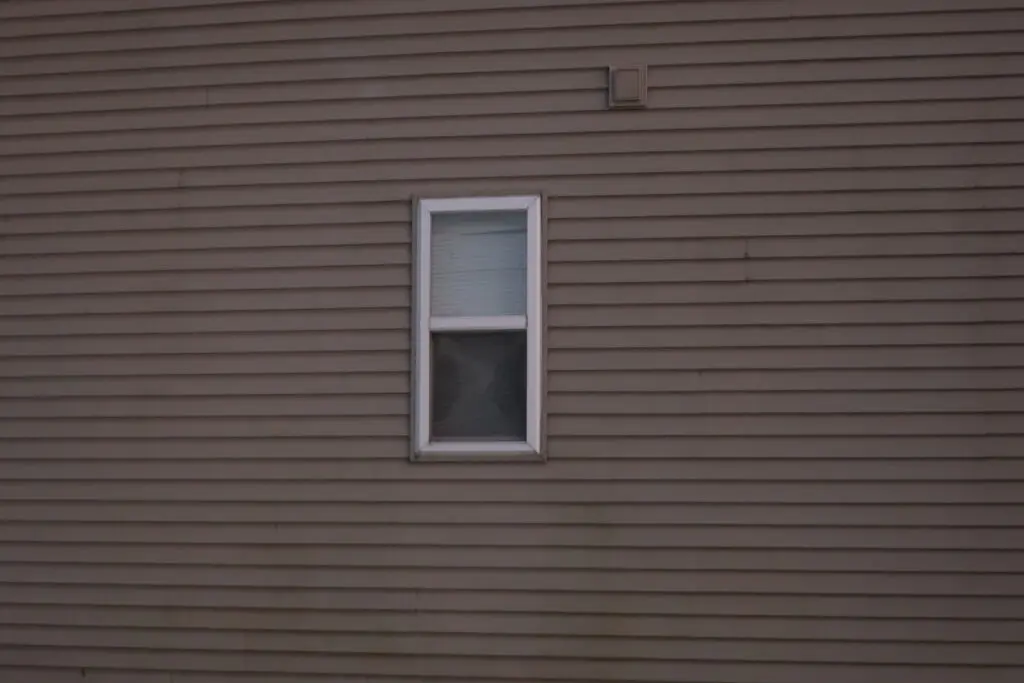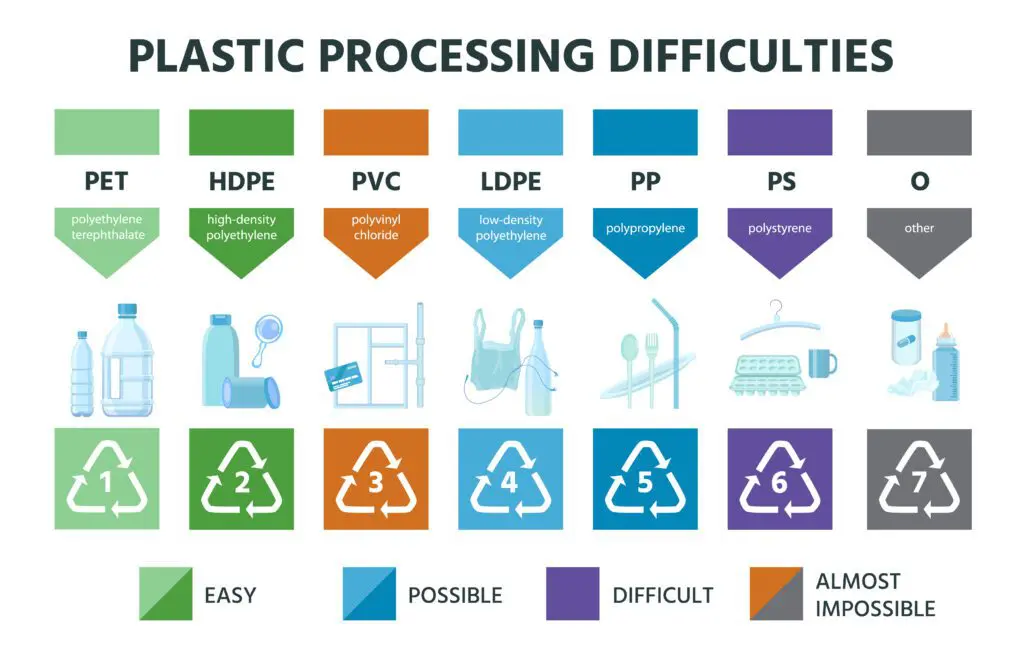5 Reasons Why Vinyl Siding might Not Be the Best Choice for Your Home
Vinyl siding has gained popularity among homeowners for its affordability and low maintenance requirements. However, it’s important to consider the potential drawbacks before deciding if it’s the right choice for your home. Here are five reasons why vinyl siding might not be the best option:
-
Durability and Damage

While vinyl siding is known for being a cost-effective and low-maintenance option, it does have its limitations in terms of durability. Extreme weather conditions, such as high winds, hail, and severe cold, can easily damage vinyl siding. It is prone to cracking and becoming loose, which can lead to frequent repairs. It is particularly susceptible to warping and melting from heat – even reflective heat from windows. If you’re neighbor’s home is close by with windows facing you, or you have windows of your own that reflect back on your house due to its design, this is very important to consider. In regions with harsh weather conditions or frequent storms, the vulnerability of vinyl siding can be a significant concern. Homeowners in such areas might find themselves dealing with more maintenance issues than anticipated.
-
Aesthetic Limitations
Although vinyl siding comes in a variety of colors and styles, it often falls short when it comes to achieving the high-end look and feel of materials like wood, stone, or fiber cement. For homeowners who prioritize aesthetics, vinyl siding may not provide the desired appearance, especially in historic or upscale neighborhoods where traditional materials are preferred. The texture and finish of vinyl can sometimes appear artificial or plastic-like, which might not align with the architectural style or personal taste of the homeowner. This limitation can be a significant factor for those seeking a more authentic and refined look for their home exterior.
-
Environmental Concerns
Vinyl siding is made from polyvinyl chloride (PVC), a type of plastic that raises environmental concerns. The production and disposal of PVC involve the release of harmful chemicals and contribute to environmental pollution. For environmentally conscious homeowners, the ecological impact of vinyl siding can be a major drawback. In comparison, other siding materials like wood, fiber cement, or recycled metal offer more sustainable options. Choosing a more eco-friendly siding material can help reduce the environmental footprint of your home and contribute to a healthier planet.
-
Color Fading and Limited Color Options
Prolonged exposure to sunlight can cause vinyl siding to fade over time, leading to a less vibrant and appealing appearance. Once the color fades, it cannot be restored to its original state, and painting vinyl siding is not always a straightforward or long-lasting solution. Replacing damaged pieces of siding also becomes an issue once the existing siding has faded. Replacement pieces will not match the existing siding even though they are the same color. Additionally, while vinyl siding does come in a range of colors, the options might not be as extensive or customizable as those available with other materials. Homeowners who desire a specific color scheme, bold colors, or frequent color changes might find vinyl siding limiting in this regard.
-
Potential for Moisture Problems

One of the significant risks associated with vinyl siding is the potential for moisture problems. If moisture becomes trapped behind the siding, it can lead to mold, mildew, and rot in the underlying structure of the home. Proper installation and adequate ventilation are crucial to prevent such issues, but mistakes can be costly and difficult to rectify. Moisture damage can compromise the structural integrity of the home and lead to expensive repairs, making it essential to ensure that vinyl siding is installed correctly from the start.
Conclusion
While vinyl siding offers benefits such as affordability and low maintenance, it’s important to weigh these against the potential drawbacks. Issues related to durability, aesthetics, environmental impact, color fading, and moisture problems can influence whether vinyl siding is the right choice for your home. Homeowners should carefully consider their specific needs, preferences, and local climate conditions before making a decision. Exploring alternative siding materials might provide a better match for those seeking durability, sustainability, and aesthetic appeal for their home exterior.





